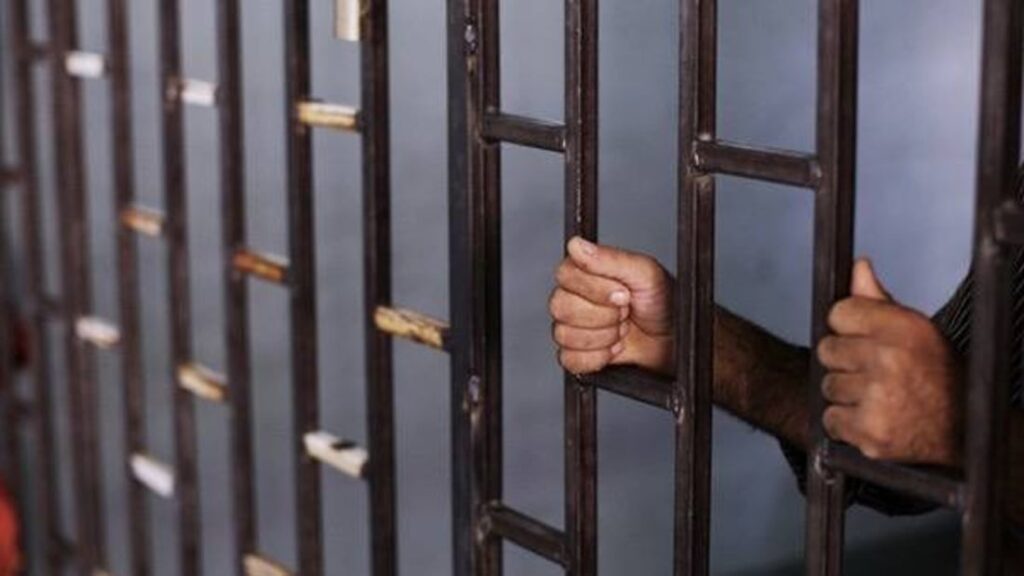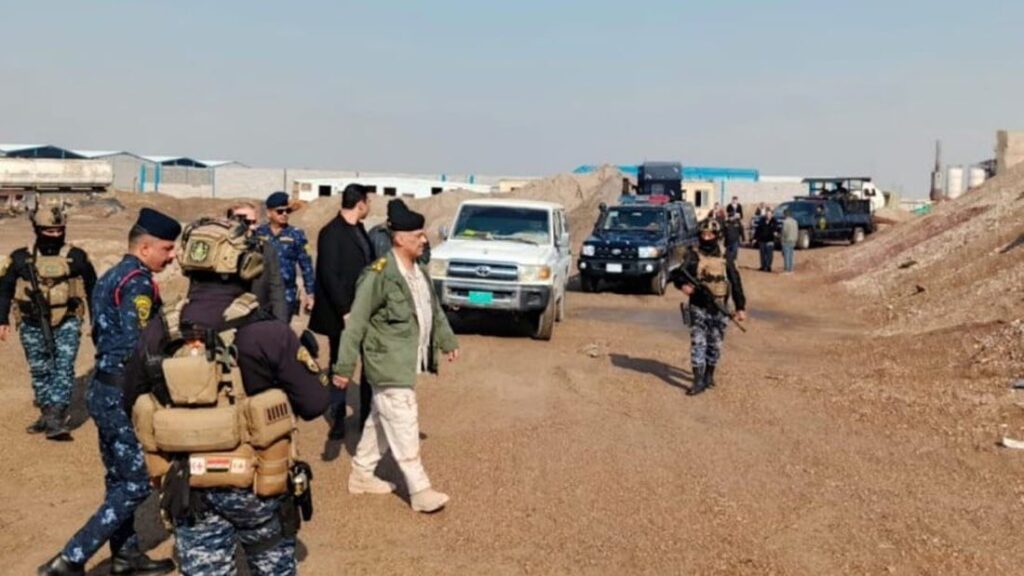After ISIS – what next for the SDF?

The SDF lost approximately 11,000 men and women in the brutal war to destroy the caliphate. Roughly twice as many were wounded.
The Kurdish-led force went from breaking the brutal ISIS siege of the Kurdish city of Kobane, which began in the fall of 2014, to capturing the group’s de-facto capital of Raqqa in October 2017. From there it retook the rest of northeast Syria, all with the backing of the US-led coalition.
The SDF proved itself to be the most dedicated and reliable force on the ground in Syria.
Its efforts to destroy ISIS were interrupted just twice – first when it sought to halt the Turkish attack on Afrin in Syria’s northwest in early 2018 and again in response to Turkish cross-border shelling later that year.
Washington’s partnership with the SDF is purely ad-hoc and “transactional”, established specifically to destroy ISIS. With the SDF now declaring the complete defeat of the caliphate, the future of the Kurdish-led administration’s de-facto autonomy is once again in question.
US President Donald Trump announced in December he would withdraw all 2,000 US troops from Syria. He has since agreed to retain a residual force of some 400 troops.
These troops will likely remain in Syria for the foreseeable future since the destruction of the ISIS caliphate, as the coalition readily acknowledges, does not mean ISIS itself is completely defeated.
“The Coalition will continue work with our SDF partners and assist them in building their capabilities to ensure the enduring defeat of Daesh; we will also focus on defeating their ideology,” read a coalition press release shortly after the SDF’s declaration of victory in Baghouz.
Now that the caliphate is destroyed, the SDF will likely continue combating ISIS remnants through counterinsurgency operations in the areas it controls.
In order to wage an effective and successful counterinsurgency campaign it will need to maintain good relations with the various Arab tribes in those areas.
There were notable murmurs of dissent from some of these tribes in late 2018. In Raqqa they issued statements urging other tribes to unite and end their cooperation with Kurdish-led forces.
Similar developments in the future could potentially split the SDF and destabilize those parts of Syria, a state of affairs that would no doubt benefit ISIS sleeper cells there.
Now that the caliphate has been destroyed, the SDF may also face growing pressure from both the Syrian regime and Turkey.
The Syrian regime and its backers, Russia and Iran, staunchly oppose the US military presence and have called for a complete withdrawal of US forces from the SDF-controlled areas as well as their small base in Al-Tanf in southern Syria near the Jordanian border. Russia has also said the regime should regain full control over the SDF-controlled areas.
The SDF has, on a number of occasions, expressed its desire to avoid potential conflict with Damascus and consistently advocated negotiations. Its two primary conditions for negotiations are legal recognition of its autonomy and the preservation of the SDF – in other words something loosely resembling the Kurdistan Region of neighboring Iraq and its Peshmerga forces.
During the victory ceremony at the al-Omar oil field on Saturday, SDF Commander Mazloum Kobane read a statement calling on Damascus to recognize and respect these conditions and begin negotiations.
Damascus, for its part, insists it will reclaim direct control over the entire country, a position reemphasized just this month by its defence minister.
And then there is Turkey.
Following Turkey’s invasion of the Kurdish canton of Afrin, President Recep Tayyip Erdogan repeated his threat to attack the Syrian Kurdish People’s Protection Units (YPG), the most significant group in the SDF, in both the northwestern Arab city of Manbij and Syrian Kurdistan (Rojava)’s heartlands east of the Euphrates River.
In Manbij, the US formulated a roadmap agreement with Turkey last summer aimed at peacefully resolving the impasse there. Washington has promised to replace members of the SDF military council currently administering Manbij who Ankara finds objectionable as part of a prior agreement made back in 2016 to prevent the YPG from attaining any foothold in that region.
Russia has also told the SDF that if the US withdraws its troops from Manbij it will immediately dispatch forces to deter any Turkish attack on the city. Turkey is unlikely to launch an attack there any time soon since it is not likely to receive either a green-light from Russia or acquiescence from the United States, as it did in Afrin.
Also, given the continued, albeit reduced, US troop presence east of the Euphrates, Ankara is not likely to make a serious attempt to launch a major operation there any time soon either.
In February, the SDF announced that after the defeat of ISIS it would focus its efforts on liberating Afrin from Turkey’s occupation and return it to its original inhabitants – over 100,000 of whom are currently residing in displaced person camps in the nearby Shahba region.
It is unclear how it will do this, however.
What is clear is that the SDF will face a great many challenges which could prevent it from holding and consolidating its hard-won achievements.



